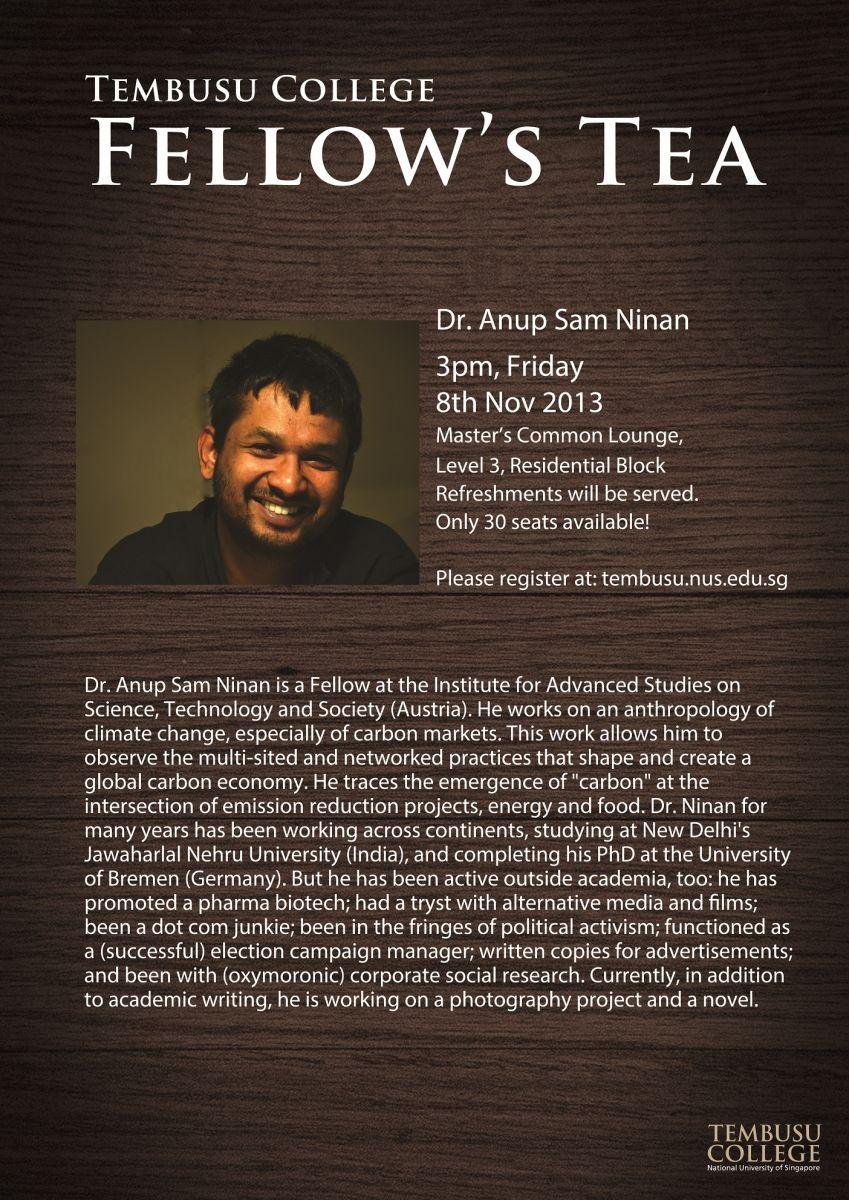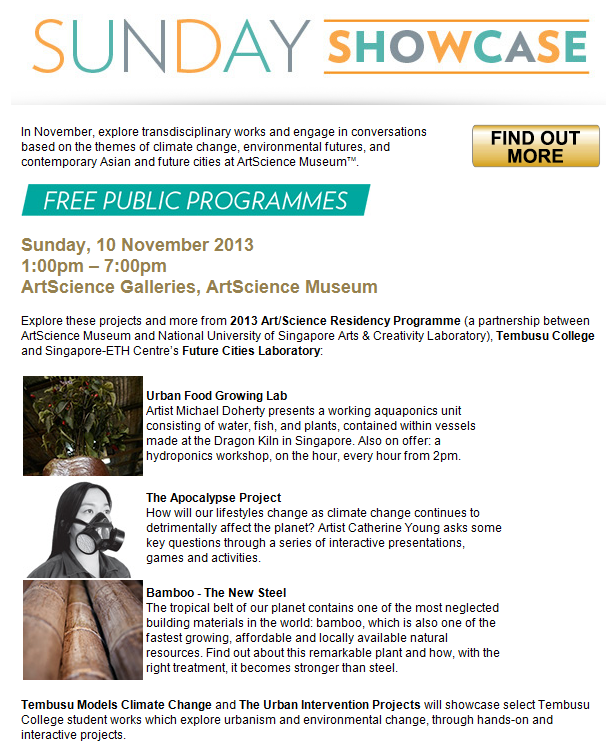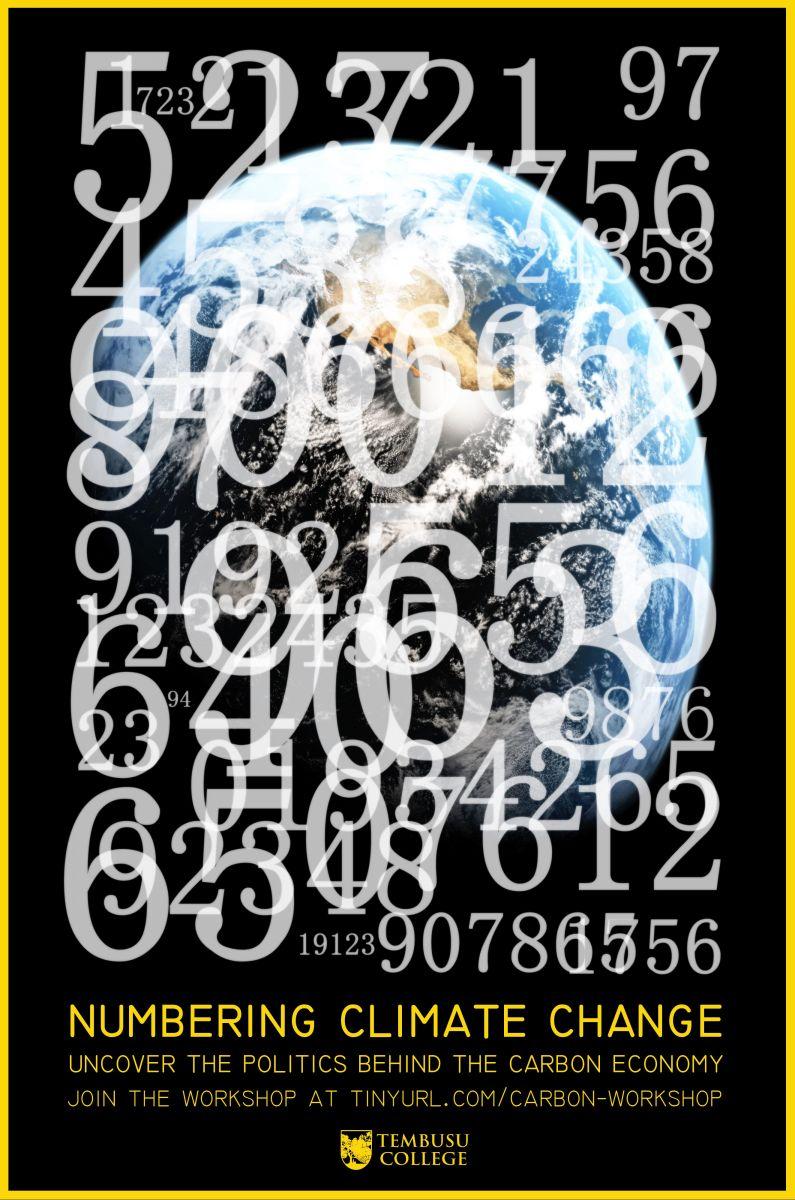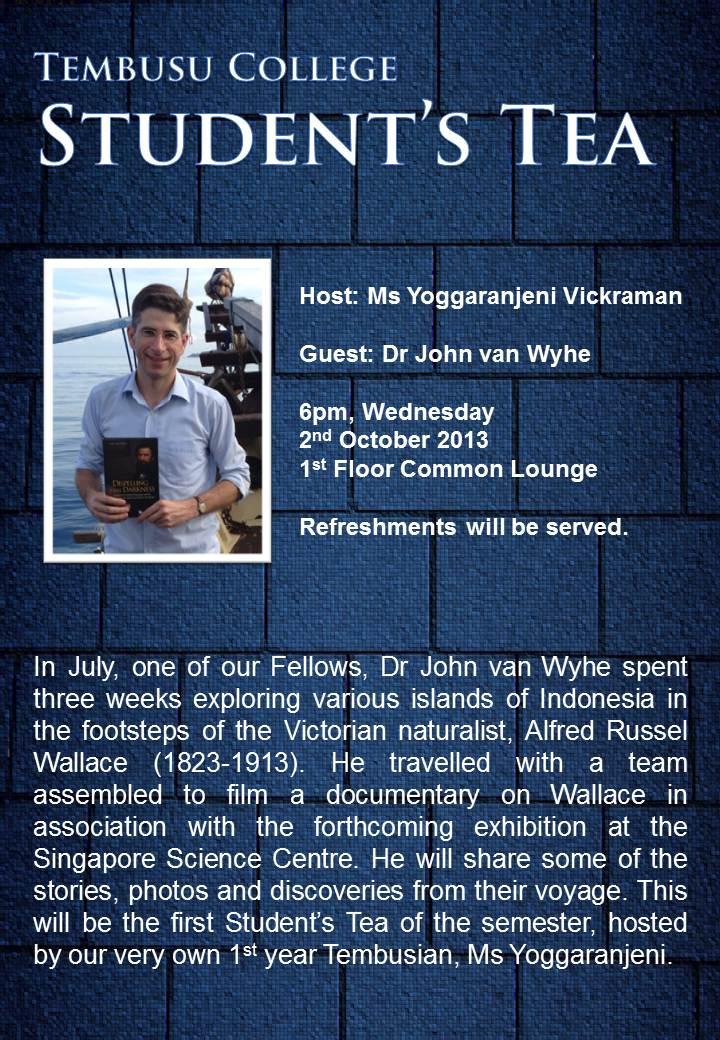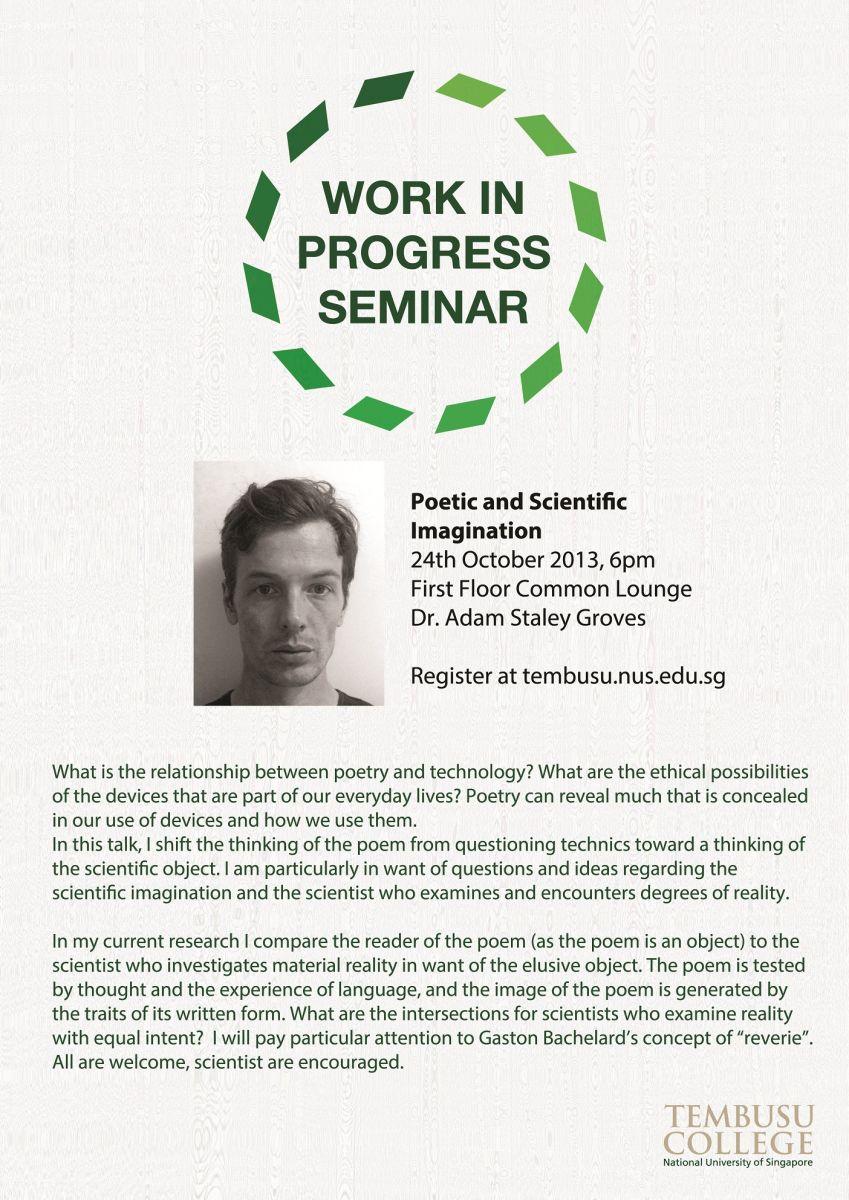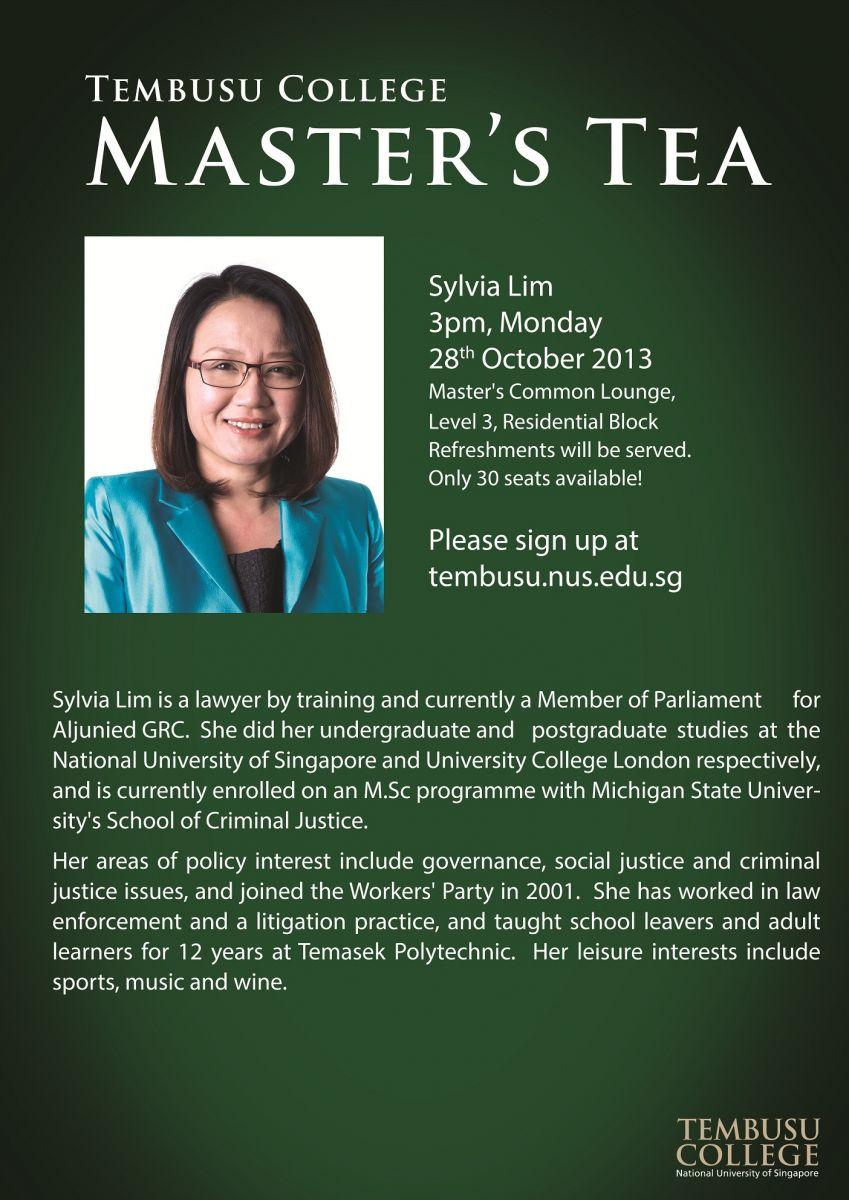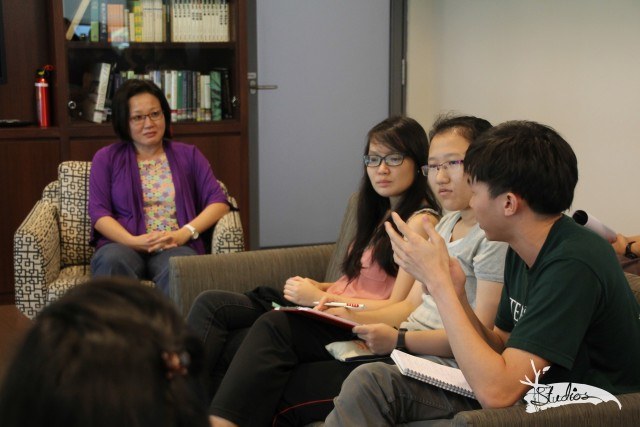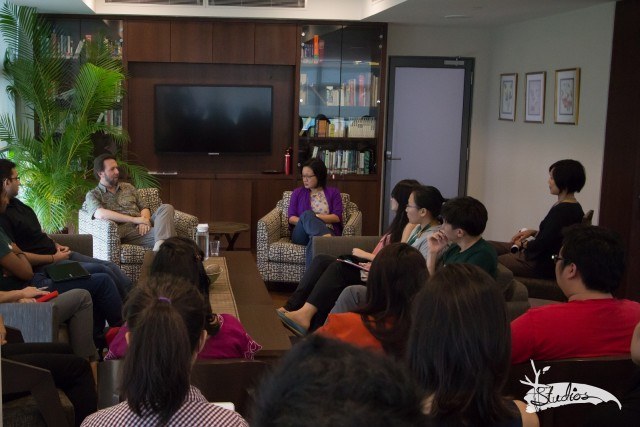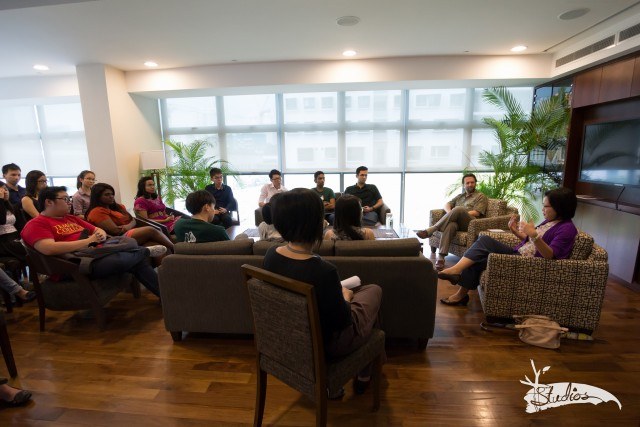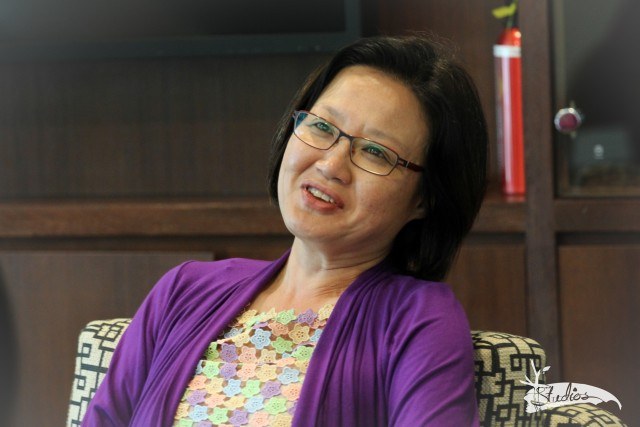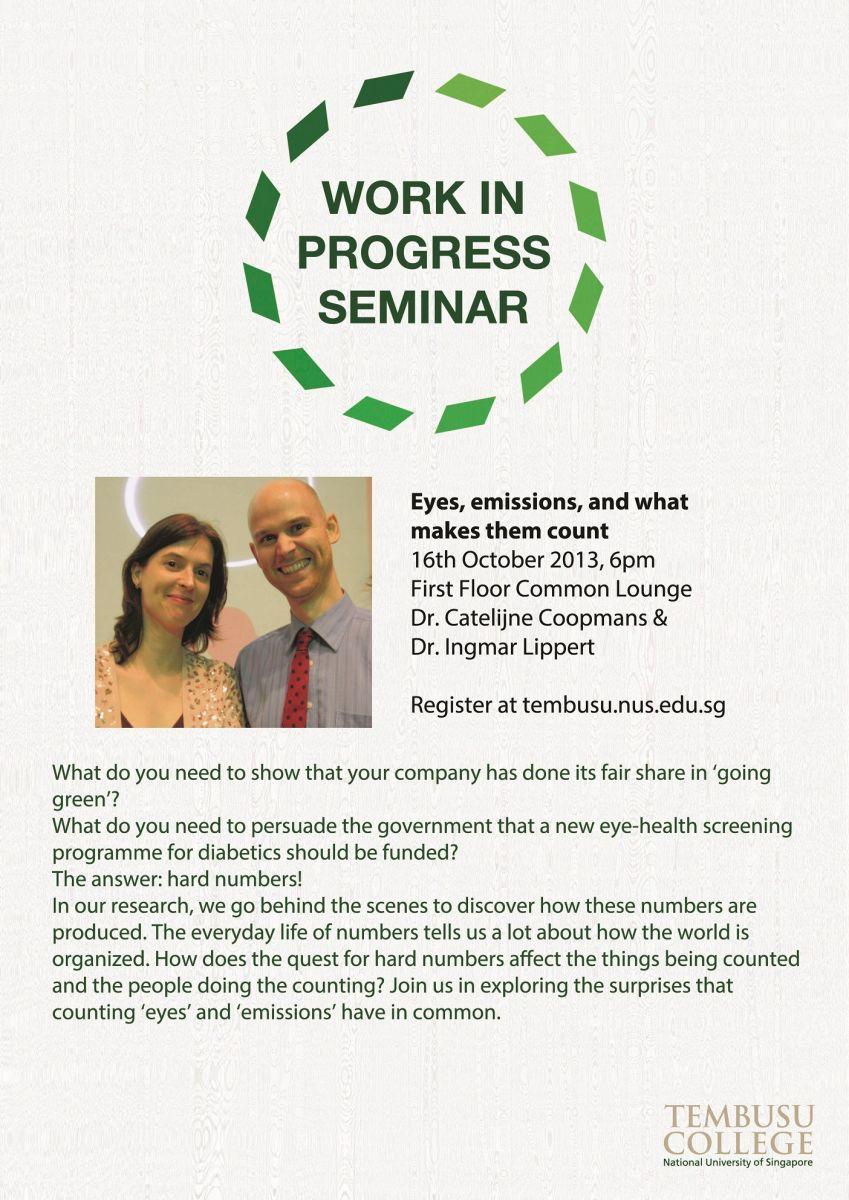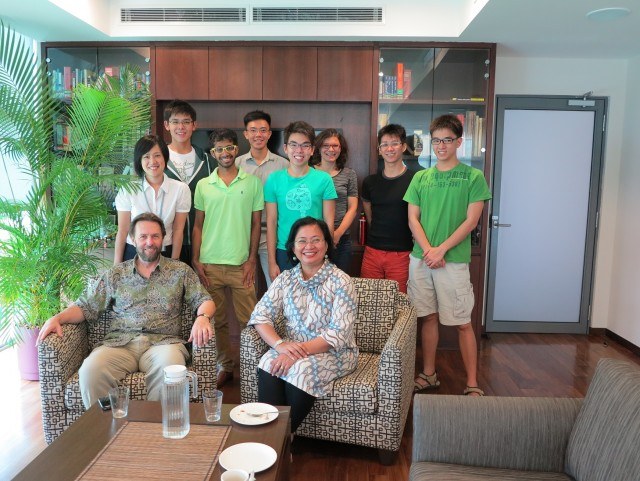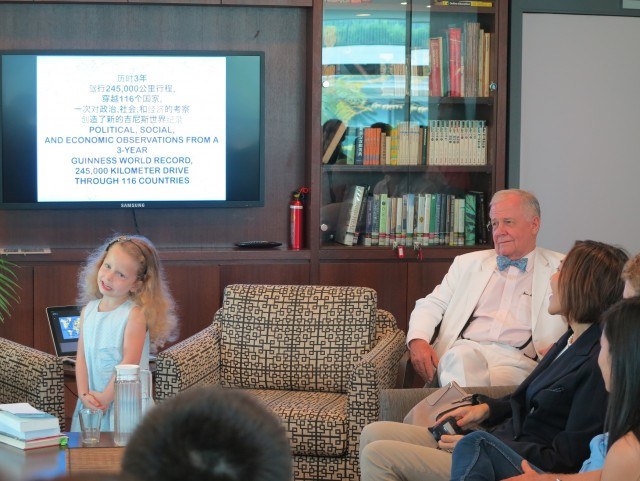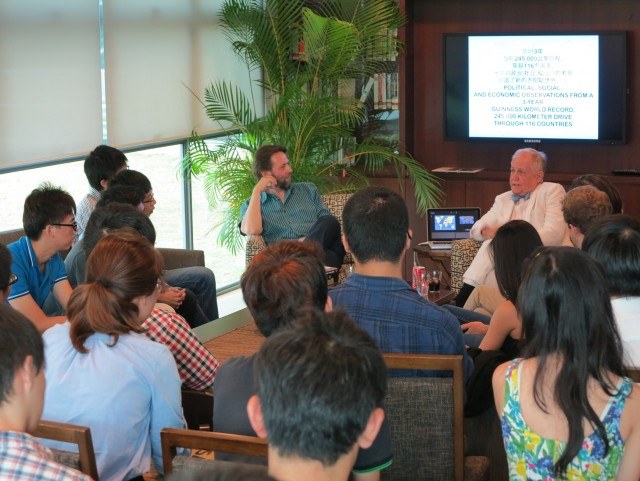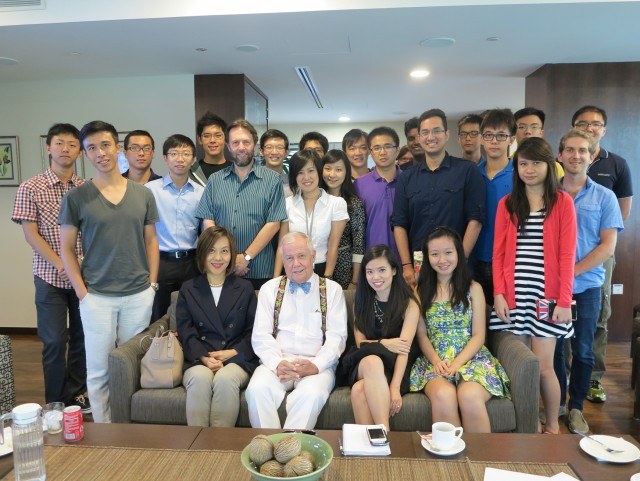Today, the second of October, is Mahatma Gandhi’s 144th birthday. I shall honour him by remembering his legacy and reflecting on its relevance to India and to the world. I will focus on what I consider to be his three most important legacies.
The Legacy of Satyagraha
First, satyagraha or non-violent opposition to injustice. India had been ruled by the British for nearly 200 years. Given its size and natural resources, India was considered to be the crown jewel of the British empire. The British tried to indoctrinate the Indians into believing that the white man was superior to the Indian and the British rule of India was part of the natural order of things in the world. Gandhi was one of the Indian nationalists who rejected the status quo. Using satyagraha as his weapon, Gandhi led the Indian struggle for independence.
The British empire was, at one time, the greatest empire in the world. The British used to boast that the sun never sets on the British empire. The British ruled their empire with intelligence, cunning and ruthlessness. When faced with opposition, the British did not hesitate to use force to suppress the opposition. The British had, however, never met an adversary like Gandhi. Some British leaders, such as Churchill, grossly under-estimated him and dismissed him as that “half naked fakir”. Churchill was a warrior and did not understand the power of an idea whose time had come. He would have preferred an enemy like Subash Chandra Bose so that he could meet force with force.
The Salt March
Gandhi’s genius was his ability to pick a cause which would resonate with the people of India and the world, such as the Salt March. His 390 kilometre walk from the Satyagraha Ashram to Dandi, on the Gujarati coast, to collect salt from the sea, attracted the attention and sympathy of the world. His greatest achievement was, however, his ability to persuade his followers to abstain from violence when faced with imprisonment, physical abuse and even death. Gandhi’s commitment to Satyagraha was tested many times but he never wavered, not even when confronted by the massacre of peaceful demonstrators at Jallianwala Bagh, in Amritsar, by General Dyer. Gandhi used to say that the policy of an eye for an eye would make us all blind.
The Legacy of Religious Harmony
Second, Gandhi believed deeply in inter-faith dialogue and harmony. He believed that Hindus and Muslims are brothers and that they should live in harmony and fraternity. He opposed the partition of India. In order to avert partition, he offered the prime ministership of independent India to Mohamed Ali Jinnah. Jinnah, however, rejected the offer and insisted on the creation of Pakistan. Following the partition, when India was consumed by mass violence between Hindus and Muslims, Gandhi went on a fast to the death, until the violence stopped. The violence did stop. A few days later, Gandhi was assassinated by a Hindu extremist. We could say that he gave his life for his belief in peace and mutual respect among the followers of different faiths. This legacy is constantly under challenge, in India, as well as in other multi-religious countries of the world. Religious harmony is one of Gandhi’s most precious gifts to the world.
The Legacy of Non-Discrimination
Third, Gandhi campaigned for women and for the Untouchables. A new biographer of Gandhi, Ramachandra Guha, has written that Gandhi’s coreideas were formed during his twenty years sojourn in South Africa, especially during the ten years when he lived in Johannesburg. According to Guha, Gandhi’s views on women, were influenced by his housemates, Henry Polak and his wife, Millie Graham and by Gandhi’s secretary, Sonja Schlesin, who was a feminist. Gandhi’s mission to empower women in India has not made sufficient progress. For example, over 40 per cent of Indian women are illiterate. Women in both in urban and rural India are not treated with sufficient respect or equity. The sad truth is that in many countries, in different parts of the world, women are still treated as second class citizens. Let us honour Gandhi by making women first class citizens throughout the world.
The Untouchables
Gandhi also campaigned against the Hindu prejudice against Untouchability. He said: “I believe that if Untouchability is genuinely rooted out, not only will Hinduism be cleansed of a terrible stain, but the repercussions of such an action will be felt worldwide. My struggle against Untouchability is a struggle against all that is impure in humanity”. Gandhi admitted the Untouchables, whom he called “Harijan” or “Children of God” to his ashrams. In spite of his wife’s initial opposition, he insisted that all members of his ashrams, irrespective of caste or rank, should take turns cleaning the toilets.
In the past 60 years, India has made substantial progress in reducing the discrimination against the Untouchables and other Indians of the lower castes. This mission is, however, incomplete. I recently read a report which shocked me. The report is about a 14 year-old girl who was sold by her parents to a brothel in Mumbai. She had been brainwashed into believing that, being born into the Badi caste, she was fated to work as a prostitute. She did not know that the rules were made by man and not by God. We must unite with the spirit of Gandhi in opposing all forms of discrimination, based on race, colour, religion, caste, gender and sexual orientation.
Conclusion
One hundred and forty four years after his death, Gandhi is revered in India and throughout the world. Without resorting to violence, Gandhi succeeded in mobilising the people of India in a moral crusade to end the British rule of India. In the United States, satyagraha was used by a young preacher, Martin Luther King, to mobilise the support of the American people, both black and white, to end segregation. Without Martin Luther King, there would be no Barack Obama. Closer to home, in Myanmar, we have Aung San Su Kyii. Her satyagraha to end military rule and to open a new chapter of democracy in Myanmar has been vindicated after decades of persecution and house arrest. We should, on this auspicious day, reflect on Gandhi's legacies to India and the world and do what we can to fulfil his dream of a more peaceful, just and tolerant world.


